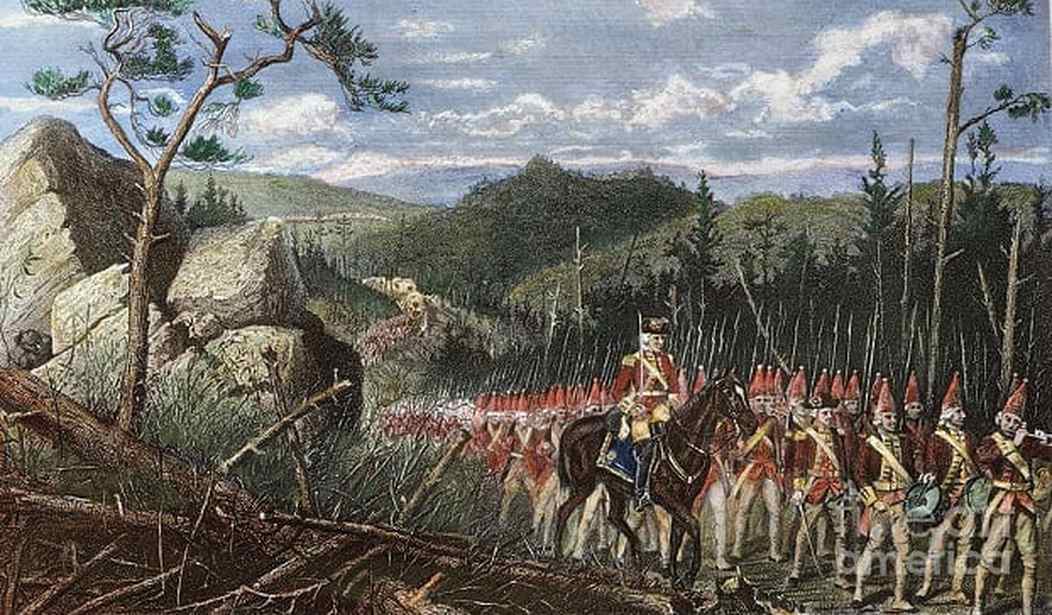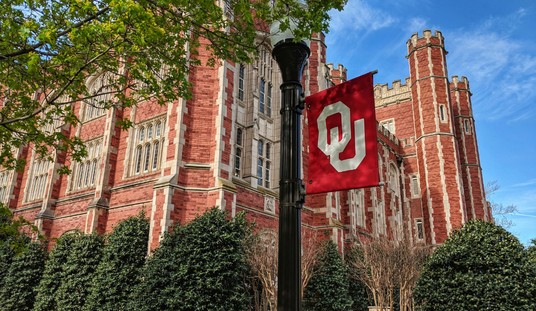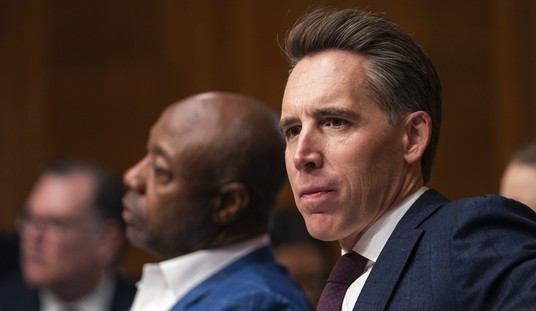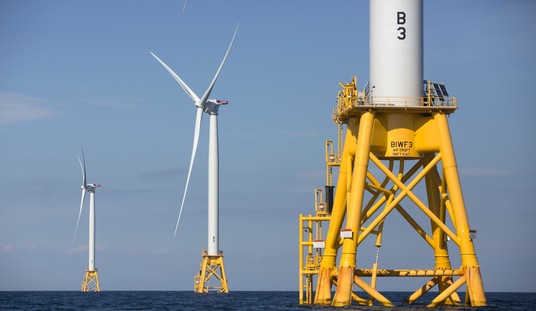On the night of July 8, 1755, the ‘flying column’ of General Edward Braddock’s army rested at Camp 20, at the head of Sugar Creek in what is now the township of White Oak in Allegheny County, Pennsylvania.*
Ten days earlier, when the army was camped at Great Meadows, he had received intelligence that French reinforcements were enroute to Fort Duquense. In a series of events that are still subject to debate and speculation, Braddock divided his army into a ‘flying column’ of some 1200 soldiers and left the baggage and about 800 behind as rear detachment to follow the path of the main attack as fast as it could.
Braddock took with him the about 900 British regulars from the 44th and 48th Foot, one Independent Company from New York (it included a Captain Horatio Gates, yes, the Revolutionary War general), three companies of Virginia militia, artillery, and a troops of Virginia light horse.
General Sir Edward Braddock remains a mysterious figure in a lot of ways. For a man with such a critical role in America’s history he has only been the subject of one scholarly biography. Most of what we think we know about the man comes from people who had a vested interest in him looking as bad as possible (he was dead, after all, and they were still alive an fighting for their careers and reputations). Other parts of his reputation became part of our nation consciousness because of the role Braddock’s Defeat played in the mythology that underpinned the American Revolution.
Let’s address some of the major critiques of Braddock.
Braddock did not understand frontier fighting
Perhaps this is true but neither did anyone else in his army. The Virginia militia came overwhelmingly from the settled areas east of the Blue Ridge. Even had the men come from the Virginia frontier, Virginia was unique in that its settlers had no experience in frontier warfare – and they wouldn’t get any until war came their way beginning in late July, 1755 – and there were no Indian settlements on the Virginia frontier. Where settlers in Pennsylvania, New York, and New England had experience living side by side with Indians and in fighting them, the Virginia militia had less military experience than the average redcoat.
On Braddock’s approach to For Duquense, he used Captain Robert Stewart’s troop of light horse as an advance guard. He had flanking parties on both sides of the marching column and he had a rear guard. The column was not attacked by the French enroute and the reconnaissance of the column was effectively shut down. This led to a sense of panic in Fort Duquense and very nearly resulted in it being abandoned before he arrived.
He was keenly aware of the danger of Indian ambush, the road he cut avoided valleys and constricted areas in favor of following ridgelines where ambush would be nearly impossible. In order to avoid a very dangerous approach to Fort Duquense he successfully crossed the Monongahela River twice.
In short, his arrival at Fort Duquense with his force intact, with all his baggage and artillery, and with he size of his force unknown to the French was simply masterful.
Braddock was a hidebound traditionalist
Braddock was not only a career officer, he was a member of the upper crust of society. He was commissioned in the prestigious and socially elite Coldstream Guards, his father’s regiment, when he was fifteen. This all plays nicely with the meme of the snooty British aristocrat. In fact, Braddock’s management of the expedition shows a man who is a thoroughgoing professional who tries his best to accomplish an impossible task.
The expedition had been planned in detail in London without Braddock’s input. Taking Fort Duquense was simply the first of a series of actions demanded of Braddock that was supposed to end with him going into winter quarters after capturing Fort Niagara, now Youngstown, NY. In other words, after capturing Fort Duquense, having traveled about 250 miles through a roadless wilderness, he still had to capture at least two more French forts and travel another 250 miles before winter. The plan was predicated on using the Potomac River as a line of communication between Alexandria and Fort Cumberland. His quartermaster, Colonel John St. Clair was dispatched to Virginia in advance of Braddock to oversee the blasting of the falls of the Potomac to make it navigable.
On the night before he departed England, he spent time with an actress named George Anne Bellamy (he was 60 and never married, George Anne may have been his paramour or she may have been a young woman who assumed the role of his only living relative) and confessed to her his misgivings. He told her “we are being sent like lambs to the altar.” When he left he gave her a copy of his will in which he left her one half of his substantial estate and told her he would never see her again.
When he arrived in America he found himself immersed in the snake pit of colonial politics and that the vast support the colonies had promised in exchange for the British government mounting an expedition against the French was simply not forthcoming. Regardless of difficulties he moved his force to Fort Cumberland and from there cut a highway through the Appalachians that allowed him to move all but the heaviest of his artillery. In anticipation of this he brought a large detachment of British seamen who were experienced in rigging blocks-and-tackle for hauling.
At Fort Cumberland he gave the order for his troops to leave behind their regimental coats and march in waistcoats. The men were ordered to leave behind their hangers – a short curved sword – and the officers and non-commissioned officers were supplied with firearms rather than their ceremonial spontoons. So he was attuned to both the needs of his men marching and the need for appropriate weapons. While at Cumberland he trained his troops with live ammunition, attempted to train the Virginia militia, and worked on the tactics that were to be used on the march.
Braddock hated the Indians
Our views on Braddock and his relations with the Indians comes from two statements.
This from the Seneca chieftain Kanuksusy (also known as Monakatooka):
“…the pride and ignorance of that great General that came from England. He is now dead; but he was a bad man when he was alive; he looked upon us as dogs, and would never hear anything that was said to him. We often endeavored to advise him and to tell him of the danger he was in with his Soldiers; but he never appeared pleased with us, & that was the reason that a great many of our Warriors left him & would not be under his Command.”
The second comes from an Indian trader named Charles Stuart who heard this from the Delaware chieftain Shingas while he was a captive:
Riseing up From his seat with Appearance of Deep Concern on his Countenance he addressed his Prisoners with Great Solemnity Telling them that he was sorry For what had happened Between them and the English But that the English and not the Indians were the Cause of the Present War-he then Proceeded to give Account of those Causes and said-That he with 5 other Chiefs of the Delaware Shawnee & Mingo Nations (Being 2 from Each Nation) had applied to General Braddock and Enquired what he intended to do with the Land [the Ohio Country] if he Could drive the French and their Indians away To which Braddock replied that the English Shoud Inhabit & Inherit the Land, on which Shingas asked General Braddock whether the Indians that were Friends to the English might not be Permitted to Live and Trade Among the English and have Hunting Ground sufficient to Support themselves and Familys as they had no where to Flee Too But into the Hands of the French and their Indians who were their Enemies (that is Shingas’ Enemies). On which General Braddock said that No Savage Should Inherit the Land. On receiving which answer Shingas and the other Chiefs went that night to their own People-To whom they Communicated General Braddock’s Answer And the Next Morning Returned to General Braddock again in hopes he might have Changed his Sentiments and then repeated their Former Questions to General Braddock again and General Braddock made the same reply as Formerly, On which Shingas and the other Chiefs answered That if they might not have Liberty To Live on the Land they would not Fight for it To which General Braddock answered that he did not need their Help and had No doubt of driveing the French and their Indians away.
Stuart, we need to keep in mind, was not a witness. George Croghan was at the meeting. Croghan was a trader on the Maryland frontier, his major trading post was near Fort Cumberland. He was on friendly terms with virtually all Indians. He was also represented the interests of the Maryland and Virginia governments in what is now Western Maryland and Southwester Pennsylvania (keep in mind that at the time of Braddock’s expedition Virginia claimed the area of Fort Duquense and for decades there were Virginia magistrates in Pittsburgh.)
Croghan describes the meeting:
The General held a conference [with] the Chiefs [of the Delawares], in company with those fifty I had brought with me, and made them a handsome present, & behav’d to them as kindly as he possibly could, during their stay, ordering me to let them want for nothing.
Indian relations are difficult to gauge from afar. Quite a few Indians answered Braddock’s call to go to war with the French. He soon found out they were a mixed blessing. They arrived at Fort Cumberland with families in tow. They had to be provided with food and drink, both of which were in short supply. But it was the women who caused the most problem. Sexual mores of the Indian tribes and those of British regulars created a perfect storm of ill-discipline.
As Braddock had feared, the women soon did become “troublesome,” though not for any reasons his troops would have resented. Prodigal with their favors, they soon had the men, as well as some officer, stealing provisions for them. Perhaps owning to their influence, the drinking problme in camp now increased. Finally, in order to maintain discipline, Braddock felt compelled to send them home with their men, leaving behind only Monakotooka (note also known as Kanuksusy) and his small band.
Discipline was becoming difficult. Indian women and raw frontier whiskey demoralized the discontented redcoats. Some of the soldiers had picked up women on their march from Alexandria. Others had taken Indian squaws into their tents and were drawing extra rations for them. Even the officers grew scandalously fond of Indian women, buying their favor with money that led to quarrels with husbands and fathers. One Indian girl, Bright Lightning, the daughter of a chief, White Thunder, was in a fair way to become the mistress of a regiment when Braddock issued orders forbidding Indian women to enter the army camp.
The British Army also used corporal punishment as a matter of course. Soldiers and civilians (like a 19-year-old teamster named Daniel Morgan) were flogged for infractions. The Indians did not understand this and many left because they didn’t wish to serve with an army that treated its own people that way.
What speaks the loudest in favor of Braddock is that he did deliver several wagons-load of gifts to the Indians and on July 6 the son of Kanuksusy was killed by accident by skittish Virginia militia. Braddock ordered the man to be buried with full military honors and required every officer in the ‘flying column’ to attend the funeral. This is hardly the act of a man who was either contemptuous of Indians or who didn’t value what they were doing for him.
Braddock’s tactics led to his defeat
This is simply a myth. The leading elements of Braddock’s column crossed the Monongahela in good order on July 9. As they made their way into what is now Braddock, PA, they collided with a force of French regulars, Canadian militia, and Indians coming from Fort Duquense. All went well for a while. The British naval detachment got a field gun into operation and the French seemed to be buckling. A French officer rallied them, at the cost of his own life, and the tide turned. As the commander of the vanguard, Lieutenant Colonel Thomas Gage (we’ll see him again commanding troops in Boston in 1775) forced more troops across the river, the Indians responded according to their way of warfare. They flowed down the side of the column, avoiding resistance and looking for easy scalps. This created the illusion in the column that they were surrounded and outnumbered. Troops compressed in the bridgehead were unable to fire without killing friendlies.
George Washington, a volunteer aide de camp, had this to say nine days after the battle:
We marched to that place, without any considerable loss, having only now and then a straggler picked up by the French and scouting Indians. When we came there, we were attacked by a party of French and Indians, whose number, I am persuaded, did not exceed three hundred men; while ours consisted of about one thousand three hundred well-armed troops, chiefly regular soldiers, who were struck with such a panic that they behaved with more cowardice than it is possible to conceive. The officers behaved gallantly, in order to encourage their men, for which they suffered greatly, there being near sixty killed and wounded; a large proportion of the number we had.
The Virginia troops showed a good deal of bravery, and were nearly all killed; for I believe, out of three companies that were there, scarcely thirty men are left alive. Captain Peyrouny, and all his officers down to a corporal, were killed. Captain Polson had nearly as hard a fate, for only one of his was left. In short, the dastardly behavior of those they call regulars exposed all others, that were inclined to do their duty, to almost certain death; and, at last, in despite of all the efforts of the officers to the contrary, they ran, as sheep pursued by dogs, and it was impossible to rally them.
The British fought for three hours. They fired platoon volleys that kept their enemy at bay. They charged with bayonets driving French and Indians from key terrain. Then they ran out of ammunition (troops carried either 18 or 36 cartridges depending upon the model — I don’t know what Braddock’s regiments had — and 11 additional rounds as loose powder and shot) and panic set in. Then the slaughter started.
Much is made of accounts of Colonial troops attempting to take cover behind trees and fight Indian style only to be driven back into the open by British officers. It is difficult to know what to make of these stories. The American militia were not frontiersmen and had no more idea of “Indian style” fighting than your typical London cobbler. Only one contemporaneous account mentions this and it is in the context of the militia seeking shelter. A legend has grown up that a Pennsylvania frontiersman named Tom Faucett killed Braddock because Braddock killed his brother who was fighting from behind trees. We know that the flanking parties came under fire from troops in the main column. It isn’t a stretch to see Colonial militia obeying a natural instinct for survival, the British account that mentions them sheltering behind trees also mentions them taking cover behind lines of British troops.
We know Washington’s account of high casualties among Virginia troops is not true (‘and were nearly all killed’). In fact, of the 200 or so Virginia militia at the battle 5 were killed and 2 were wounded. Regardless, Washington’s description of the cowardly behavior of British regulars and the legend of Americans fighting Indian style all played a part in diminishing the mystique colonist might have had for redcoats in 1775.
On the whole, Braddock’s Expedition was much more successful that one would have anticipated (I know, this is a lot like ‘other than that, how was the play, Mrs. Lincoln?’). He planned and executed superbly, moving 2200 men plus their camp followers, artillery, and baggage 250 miles through the wilderness. He constructed a road. He successfully prevented Indian raids on his column and masked his strength from the French. The best evidence indicates that he did as best he could to use Indian auxiliaries. Unfortunately for Braddock, it was important that he be blamed for the disaster. Politically, it was important that the contribution of the two regular British regiments be compared unfavorably to that of Virginia militia. This meme made the colonies reluctant to share the burden of British war debt. The general feeling was ‘why should we pay for troops who couldn’t do the job?’ As America became a nation, Braddock entered our founding legends as an archetype of the nation whose rule we had thrown off.
*If you are interested in visiting the site it is currently covered by some stereotypical suburban sprawl at the intersection of Lincoln Way and Foster Road in White Oak, PA. This is the site of Camp 20 around the turn of the 20th century:
This is the site of Camp 20 today:















Join the conversation as a VIP Member